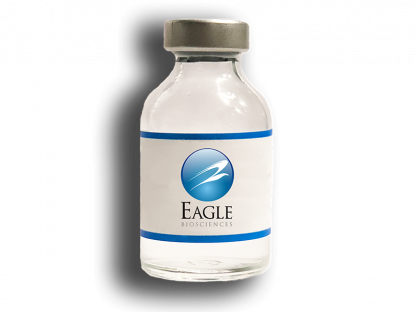Human Insulin Biotinylated
The Human Insulin Biotinylated is For Research Use Only
Product Developed and Manufactured in Germany by ibt – immunological and biochemical testsystems GmbH
Aliquot: 100 µg
Storage: 4°C for up to 1 year
Alternative Names: Biotin-Insulin
Product Specifications
- Quantity: 100 µg
- Description: Recombinant human Insulin produced in yeast has been biotinylated using our biotinylation technology that was developed for IGF`s and analogs.
- Formulation: Lyophilized from a solution of 0.5 ml TBS, pH 7.4, containing 100 µg (0.1 mg) of the biotinylated product. A preservative and a stabilizing protein of non-mammalian origin are added to ensure stability of the reconstituted product.
- Storage: Store refrigerated upon arrival. The product is stable at 4 °C for at least one year. Reconstitute with 0.5 ml water and store aliquots frozen at – 20 °C. Avoid repeated freeze-thawing cycles.
Advantages of Our Exceptional Biotinylation Technology:
This biotinylation technology has been designed and developed for Insulin and IGF´s that is different from the published methods. Our technology permits biotinylation without loss of activity.
Our Biotinylated Insulin and IGF´s and analogs bind to:
- Native IGFBP´s and IGFBP´s on western blots
- Antibodies
Our Biotinylated Insulin and IGF´s also:
- Bind to receptors, they are internalized, and transported through cell layers
- Biologically active in-vitro and in-vivo
Related Products
Biotinylated Human Des IGF-1
IGF-1 Biotinylated (Biotin-(Leu24) IGF-1)
Biotinylated Human IGF-2


